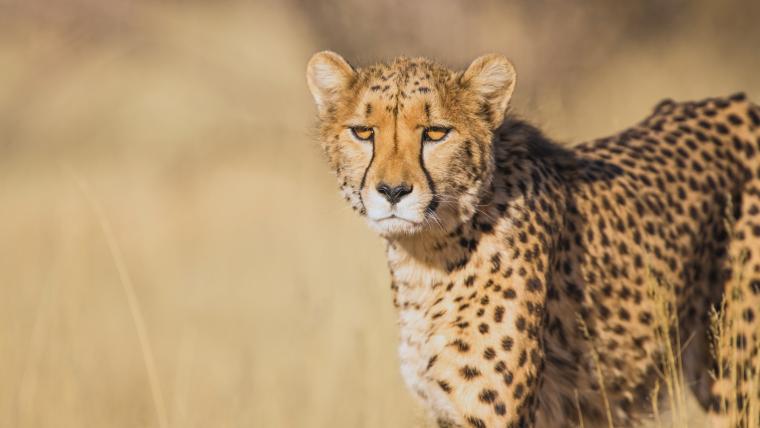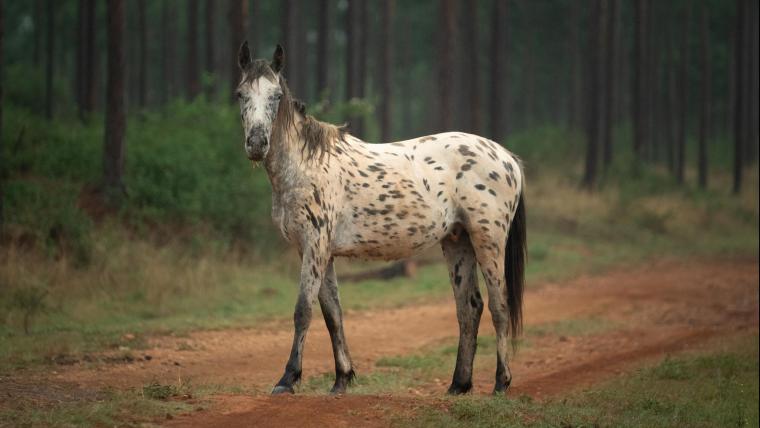
Saving the world’s fastest land mammal from a speedy decline
The final stalk begins. She extends her long, slender body with a steady gracefulness. For a moment, the birds remain silent in anticipation of her charge. The cheetah takes one final look at her surroundings, and off she speeds, targeting a wildebeest calf. In a flat-out chase, nothing can outrun the world’s fastest land mammal. Too lightweight to pounce, the cheetah trips her quarry and digs in her claws.
On the hunt, a cheetah’s spine allows extreme flexion and extension, while their hips rotate so that their front and hind legs have leeway to overlap. When they’ve conquered their kill, they gobble their food as fast as possible. These felids are not trying to exemplify speed in everything that they do, but they must avoid confrontation with other large predators who compete for their food. Cheetahs are shy creatures who will abandon their kill if it means avoiding a dangerous encounter. Their tendency to flee rather than defend themselves has led them closer to another threat – humans.
Today, almost 80% of cheetahs are within range of farms and live outside of protected areas. Cheetahs once inhabited Africa’s vast grasslands and savannahs, but human developments have caused them to lose over 90% of their range. Their proximity to livestock is increasing instances of human-wildlife conflict and endangering their population. The ongoing illegal wildlife trade is further decimating their dwindling numbers.
To protect Africa’s most endangered cat, The Cheetah Experience has created a safe space for rescued animals in Limpopo, while Cheetah Outreach has deployed guard dogs to ward off cheetahs and protect livestock. The race for the cheetah’s survival is on, but with innovative solutions we can halt the decline of this species.






























Please sign in to leave a comment